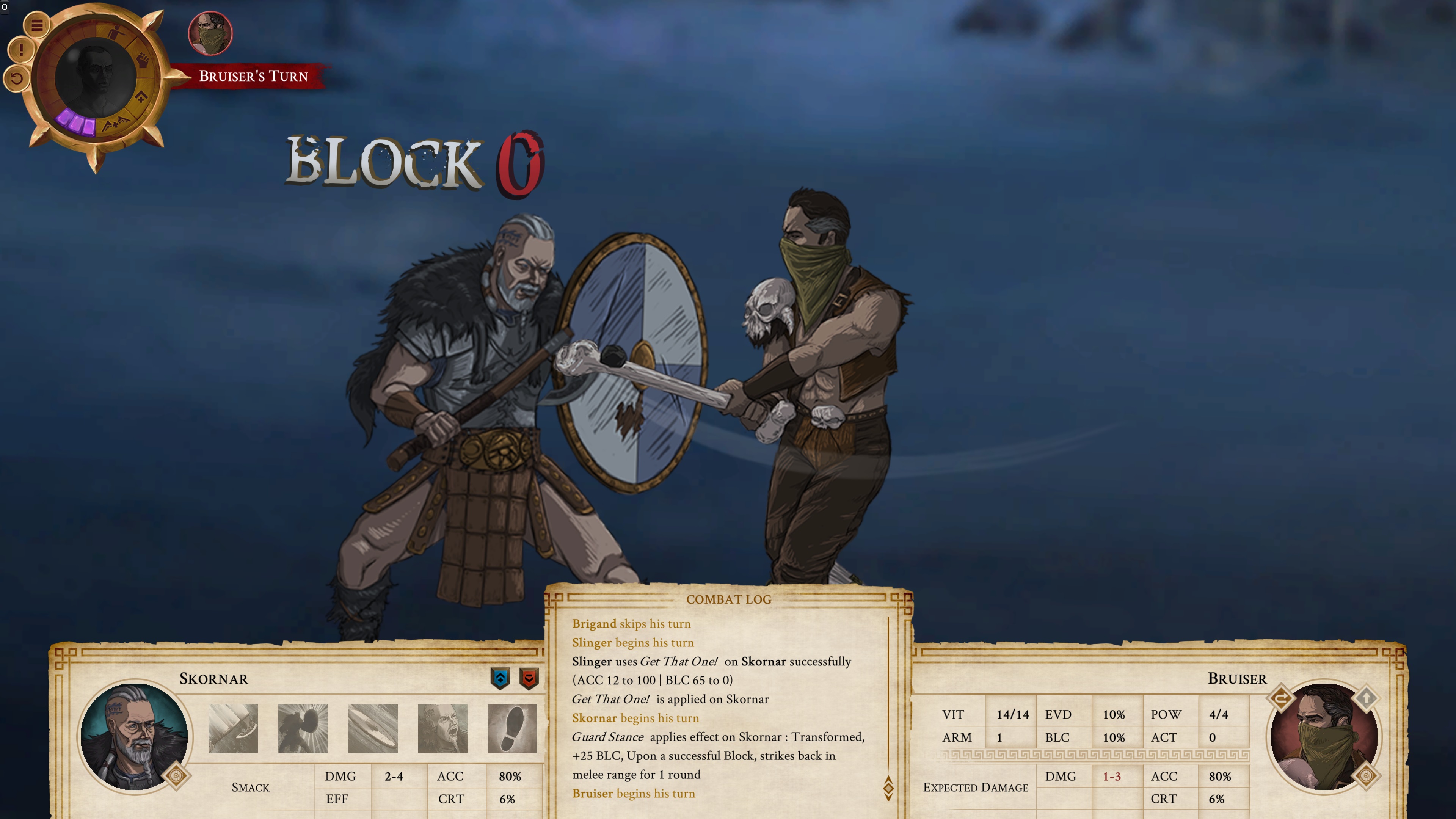
Hey everyone,
Another week, another patch! We keep tweaking things and adding smaller stuff for now while fixing bugs. Some are tougher than others, of course, so bear with us. Most of the fixes and tweaks were made possible due to a passionate and active player base - we can't thank you enough!
Important Note: Considering the extent of these improvements there is little to no chance that we broke nothing in the process. Assume that we did not want to make anyone's life harder. If you see something amiss, please flag it to us using the usual channels, like the inbuild reporting tool (F1 button), forums, and our Discord server. Now let's jump into the details:

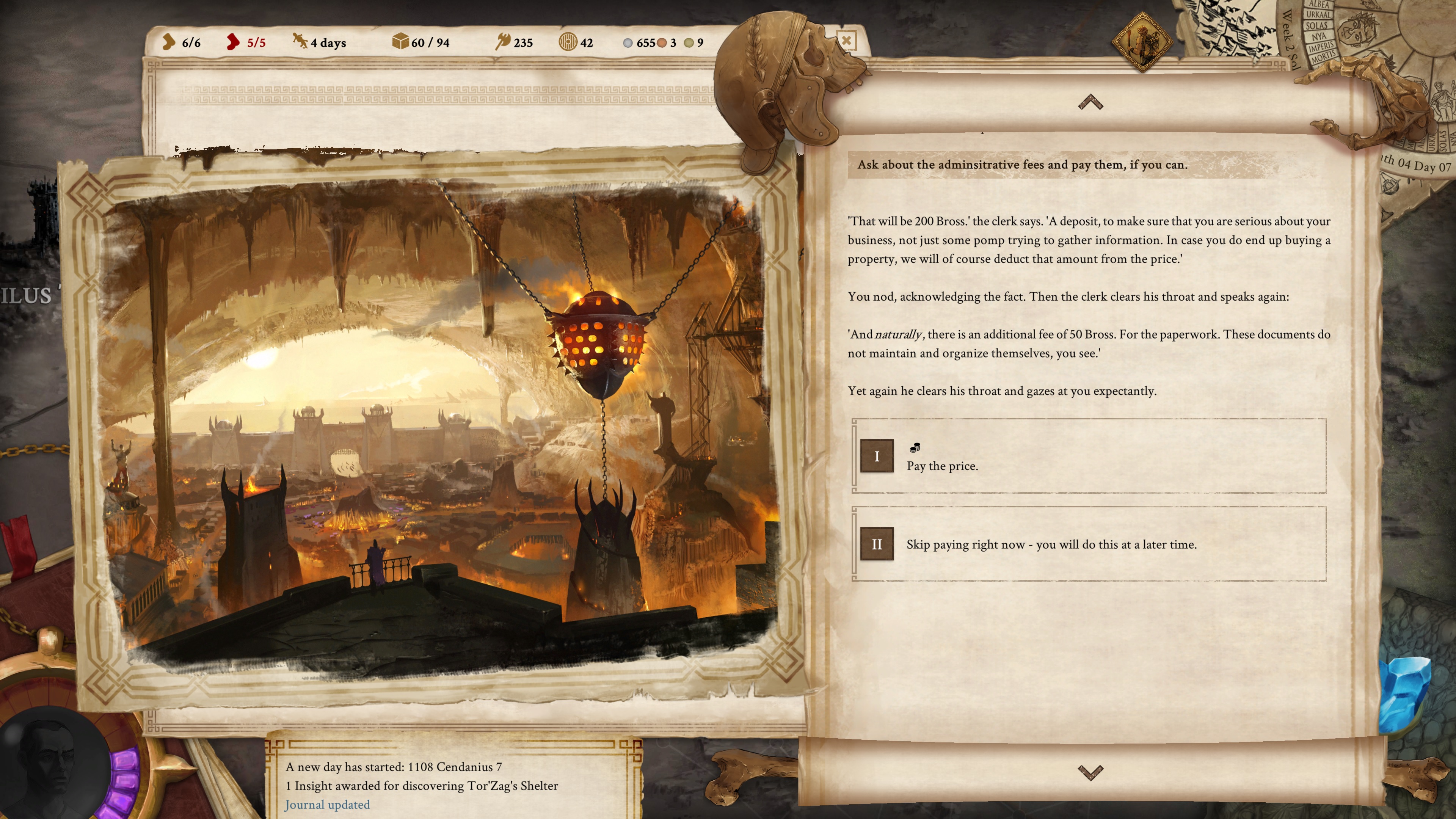
Hey everyone,
We've been trying to catch up since the launch last Tuesday and get on top of some of the bugs that many of you reported while also rounding out the missing Outpost and Wealth victory path ending parts. Although some bugs are still being hunted, the latter two are now being added to Vagrus.
This means that you can now build your own outpost out in the wasteland (one specific spot for now, room for expansion later), and upgrade it bit by bit so that in the end it yields you profit from time to time if managed properly. It is important to know that no new UI or feature comes with the outpost, since Vagrus is not a game that involves building stuff - the outpost is instead presented in Event format like it was envisioned from the beginning (and similar to other victory paths). Once completed, the outpost can be used for vagri with the Wealth ambition to win the game (but can be completed with all vagri). It's super expensive to do that, mind you, giving you a nice endgame goal and challenge.

And by Ahskul what a journey this has been so far. Speaking of which, there is a bit of a parallel here that could be drawn between caravans trudging across a barren, post-apocalyptic dark fantasy world and a tiny studio scrambling to deliver a huge open world game but we let's not go there on this fine day! :D

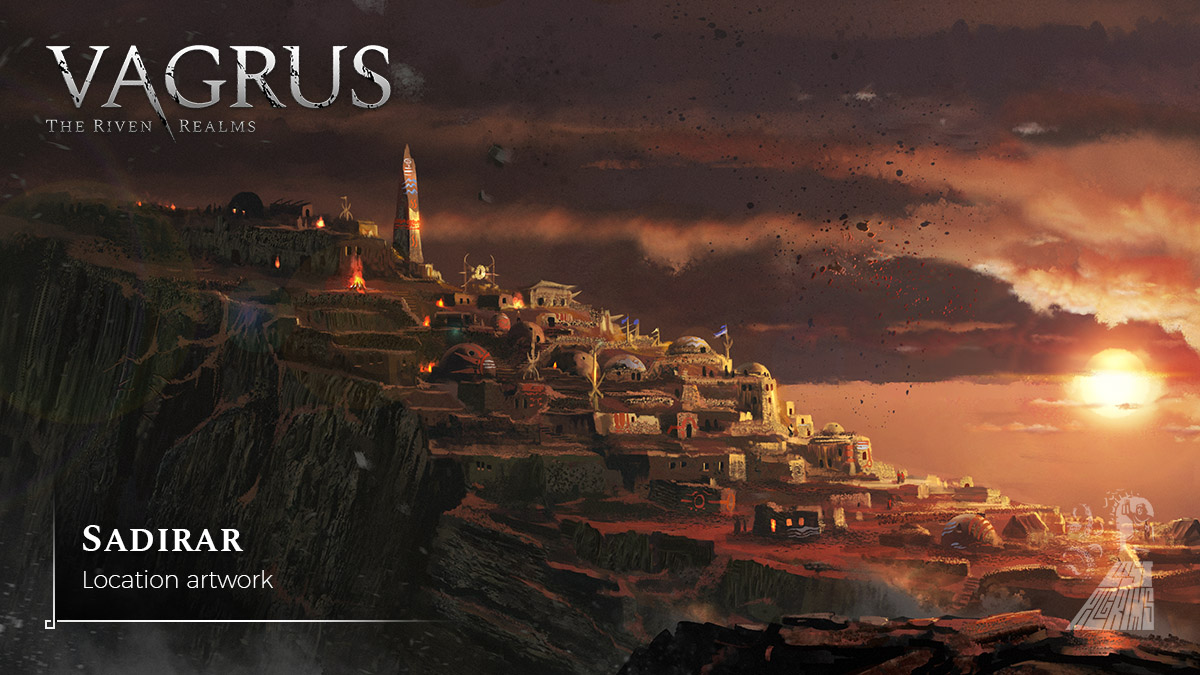
This week’s devblog is all about the plethora of quests being added to Vagrus with the full launch on October 5th. The update will include a revamped UI, a new companion to recruit, and plenty of quests to find on your journies across the wastelands. Let’s take a look at what’s coming!
Revamped User Interface and Extended Campaign Map

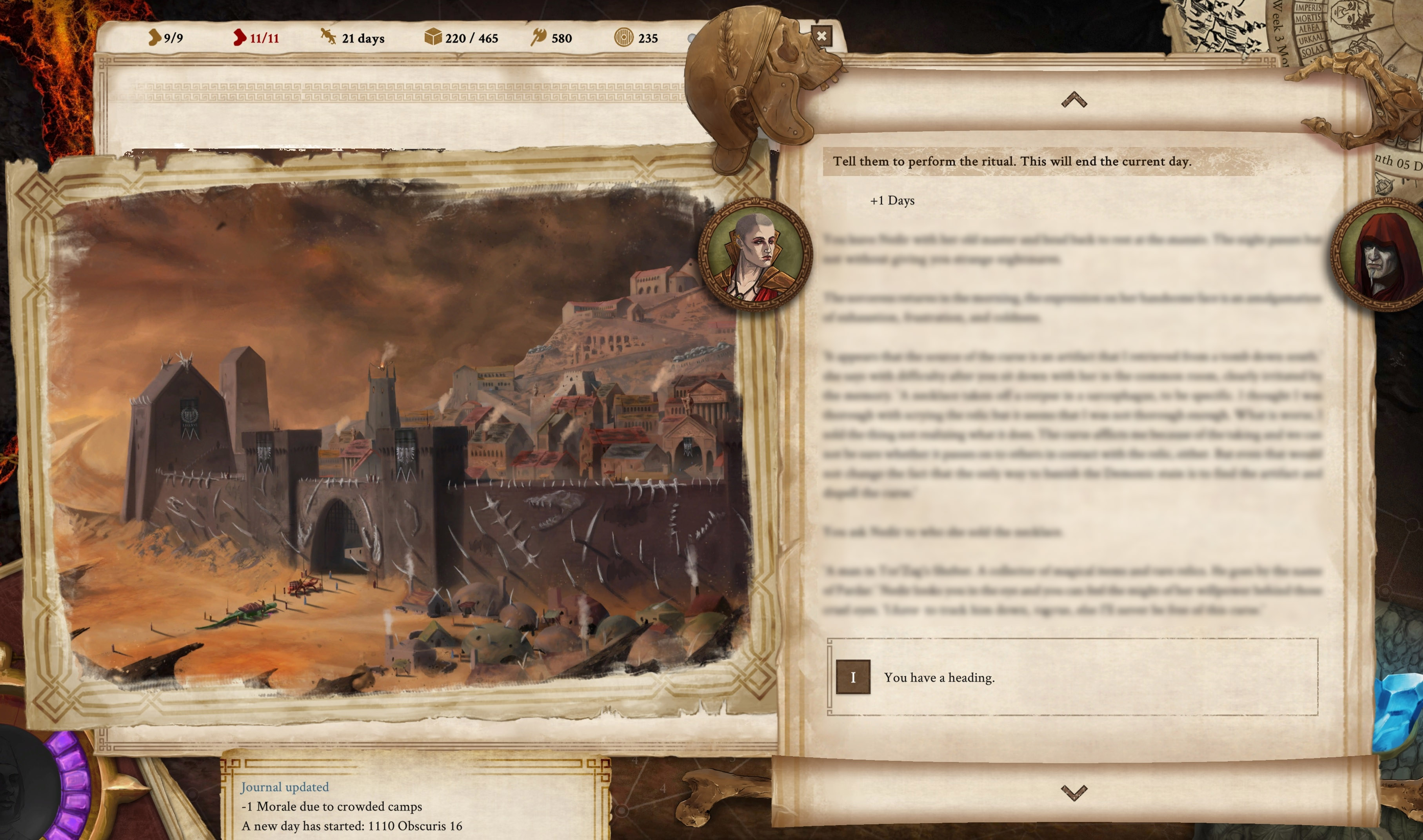
For a long while now I've been working on what we call loyalty questlines for the eight companions in the game. These are long, complex stories, often with branching endings, personal to each companion. In this project update, we wanted to give you a heads-up about certain aspects of these without spoiling any content.
How Loyalty Questlines Work

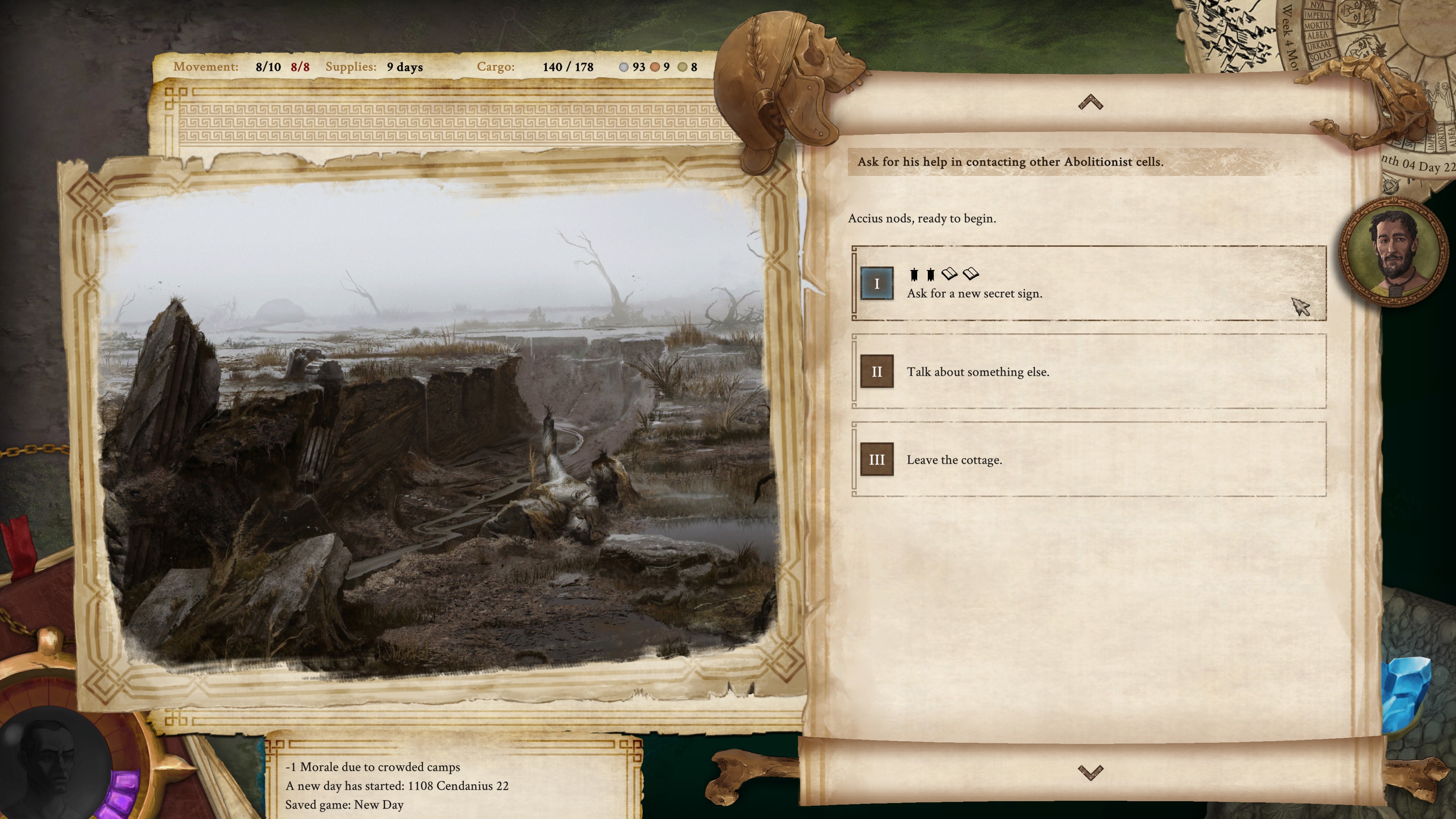
Lately, we've been working on the Abolitionists, a unique faction that is a bit hidden and up until now, their presence was very minor apart from their main base of operations. The next content build will include a new system that you will be able to use to unlock new faction locations for the Abolitionists. This involves getting ciphers from an already unlocked location (initially their main base) and taking it (within a time limit) to a new settlement where it will unlock the faction's presence there.

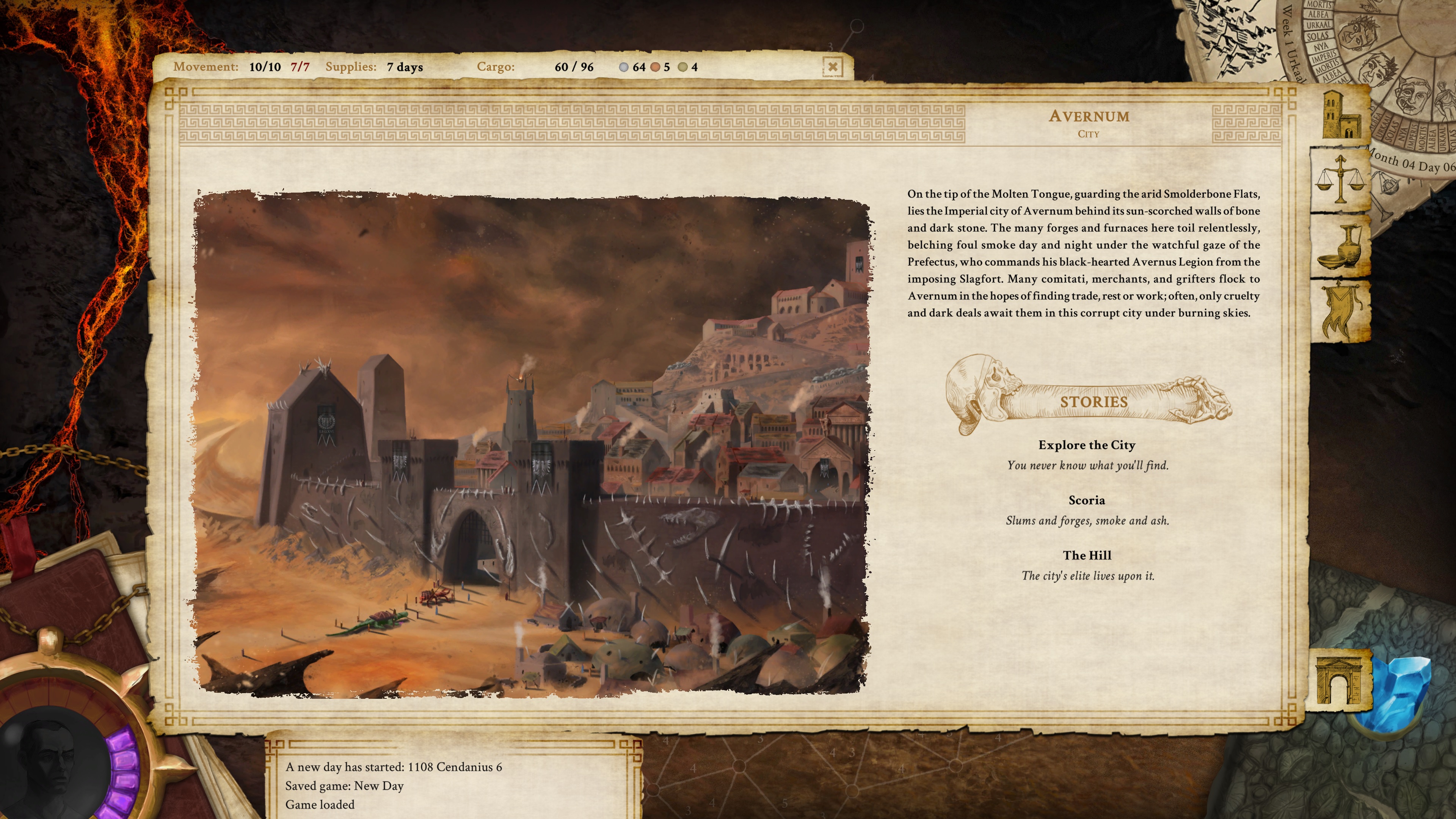
The latest content update (Patch 0.5.30 Codename: Brimstone and Bones) brings with it a spacious region to explore, the most prominent part of which are the Smolderbone Flats. Players who took the 'Pilgrims of the Wasteland' standalone story for a spin surely recognize this place, as it was an important location in that story. And yet you will find that much has changed since your last visit, with 10 years passing, allegiances shifting, and new threats rising.

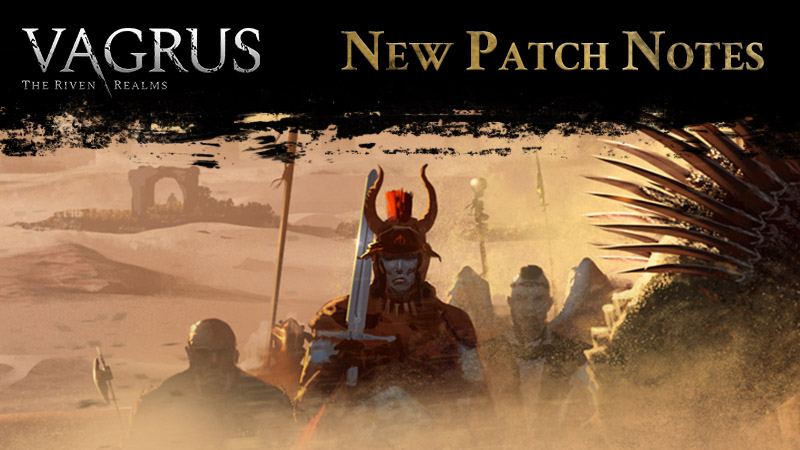
the time has come to revisit the region that featured in Pilgrims of the Wasteland, the tutorial/prelude of Vagrus. We opened up that very zone for the open-world campaign, albeit we are 10 years in the future compared to that prologue story, so expect some changes. There was a bit of a switcheroo involving several patches in the works and eventually the choice fell onto pushing this out in part to fix a game-breaking bug from the previous patch. For this reason, expect a smaller update in the near future that irons out a few things regarding the currently added content, although we might end up merging that with Mercenary Tasks, the next larger addition.

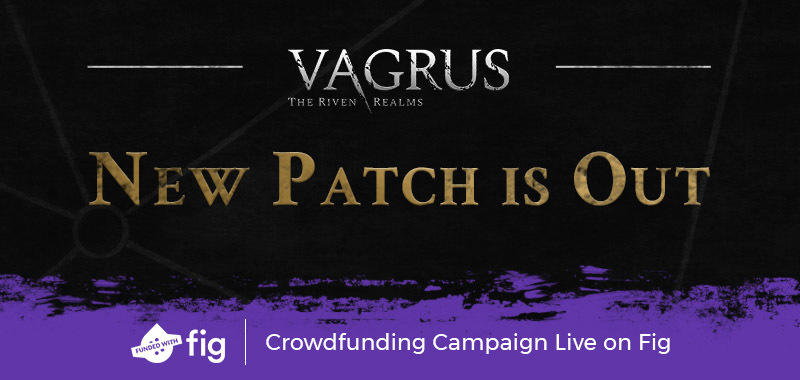
Hey Folks,
this next patch is a bit lean on content but that is because we are gearing up to the next one that has a huge new region with tons of adventures awaiting - and it is coming sooner than you think! That said, this current update contains a pile of new features and Quality of Life improvements that will hopefully make you happy - like a completely reworked Event UI, Test boosting that allows you to use Resourcefulness to improve chances in Events, additions to Chart markers that makes it easier to find things in the wasteland (but still keeps it a challenge most of the time), new Hirelings, combat Skill tweaks, and a lot more!

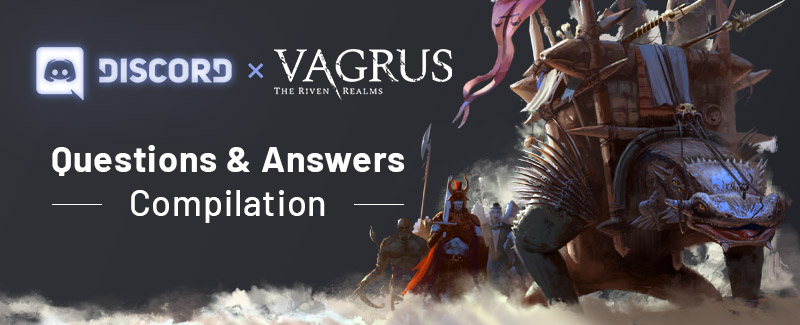
Lost Pilgrims had an AMA session over on discord where players asked us questions about the game and the studio alike. We had a great time talking to people and decided to compile the questions and answers into a single AMA article for posterity. We also added some very frequently asked questions to the beginning that players or those looking up information on the game might find informative.
